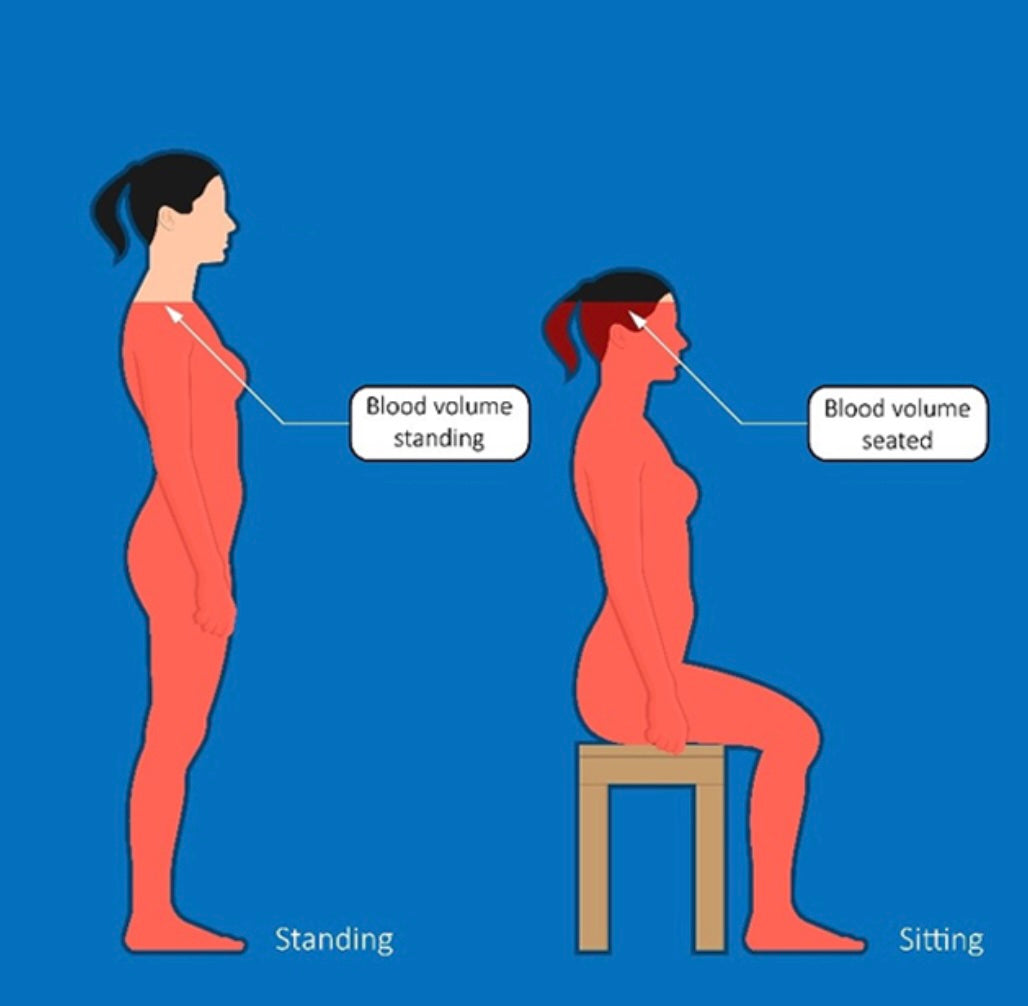
What Is PoTS? Symptoms, Causes & Relief for Women
POTS touches 1–3 million Americans—95% of them are women. And it’s not just being extra tired.
Living with POTS (Postural Orthostatic Tachycardia Syndrome) means facing dizziness, rapid heartbeat, and fatigue every time you stand up. That sudden rush? Your heart can jump by 30+ beats per minute—sometimes even 40 bpm—in under 10 seconds.
One woman put it this way:
"It’s like my body forgets how to be upright. And no one could explain why."
What Is POTS—and Who Gets It?
POTS is a form of autonomic dysfunction. When you stand, your heart rate races—but your blood pressure doesn't drop significantly. It's diagnosed when heart rate jumps by ≥30 bpm in adults (or ≥40 bpm in teens) within minutes.
- Affects roughly 1–3 million in the US
- About 95% of patients are women aged 15–50
- Often starts after viral illness, surgery, trauma, or pregnancy
Key Symptoms to Watch For
POTS symptoms begin within minutes of standing—and they range widely:
- Lightheadedness, fainting, and dizziness
- Rapid heartbeat and palpitations
- Fatigue and exercise intolerance
- Brain fog, tremors, nausea, headaches
|
💜 “I decided to get the full length black leggings for household wear for some abdominal compression since I have POTS... I noticed in spite of some considerable weight gain in the belly due to POTS inactivity that my abdomen is feeling less kind of bloated... I have no idea butI feel great I’m going to keep wearing the leggings!” – Rebecca Anguin Cohen, USA Mass & Slim Compression Leggings |
1. Can POTS improve or go away?
Yes. Many patients see symptom reduction with lifestyle changes, physical therapies, and medications.
2. What treatments actually work?
- Hydration & salt intake: 2–2.5 L water daily plus added salt improves blood volume
- Compression garments: Compression leggings improves blood flow—similar to those with Tourmaline‑embedded in the fabric.
- Gradual exercise: strength training builds vascular tone
- Medications: from fludrocortisone and beta-blockers to midodrine and ivabradine
3. How can I self‑manage day to day?
- Stay cool—heat can worsen symptoms.
- Raise the head of your bed to ease morning rises
- Snack regularly—large meals can trigger symptoms.
- Monitor and record your symptoms and heart rate—they help with treatment plans.
Why This Matters for Women 45+
Hormonal shifts—like those from perimenopause, menopause, or long COVID—impact autonomic stability. Awareness equals action; and the right support—community, compression, hydration—lets you take control.
POTS is real. It’s frustrating. But there are tools—medical, lifestyle, Compression garments like Mass & Slim leggings can help you feel more stable and alive. Your heart doesn’t have to race just to stand. Let’s walk through this journey together.
Share

